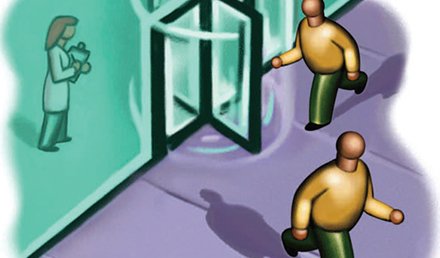What happens when our patient so badly wants to be well that they talk us out of the correct diagnosis? “I think it is my anxiety” was the mantra accepted by the physician in this case. Though diagnoses are not always clear after the initial encounter, they are not up for negotiation. Patients have a vested interest, due to denial or human nature, in believing that nothing is seriously wrong with them. It can be …
Read More


